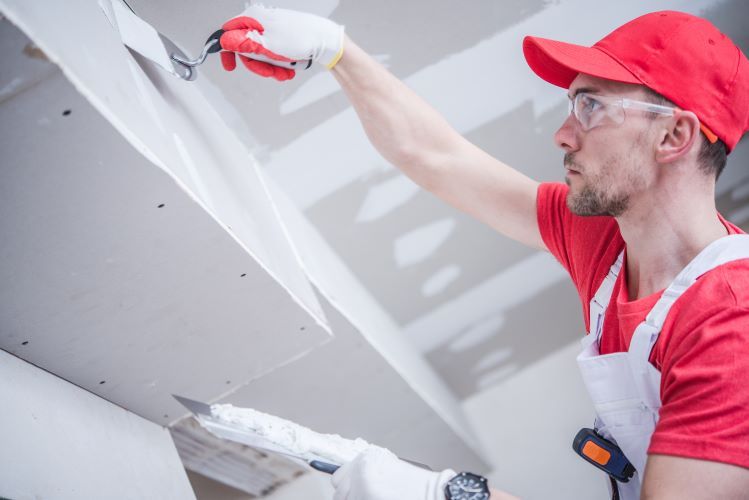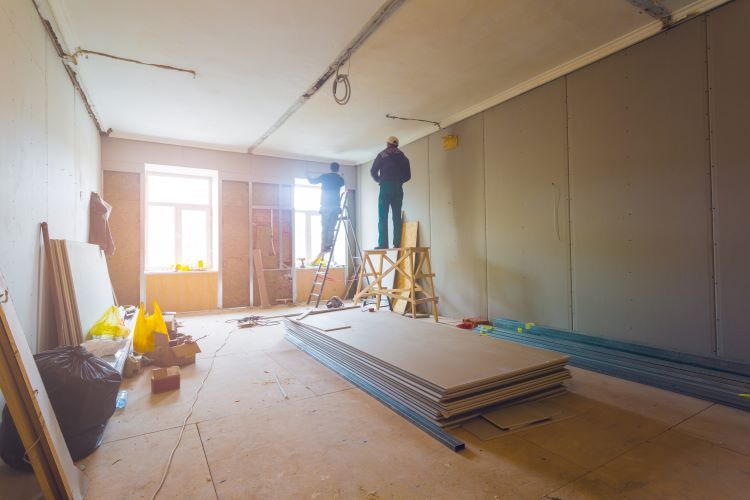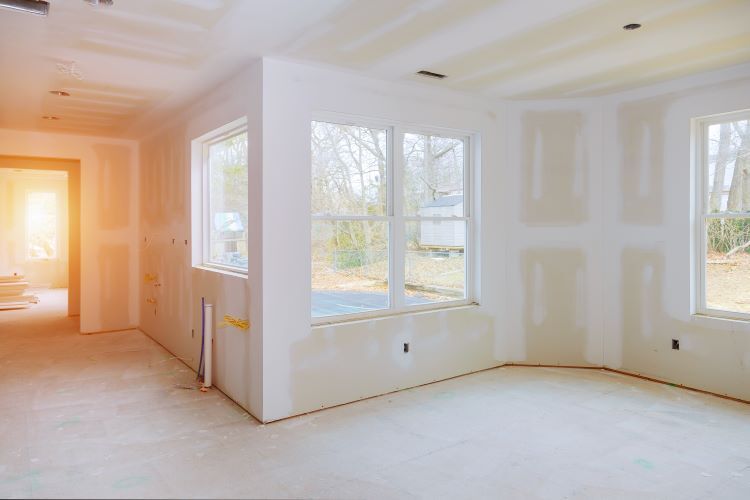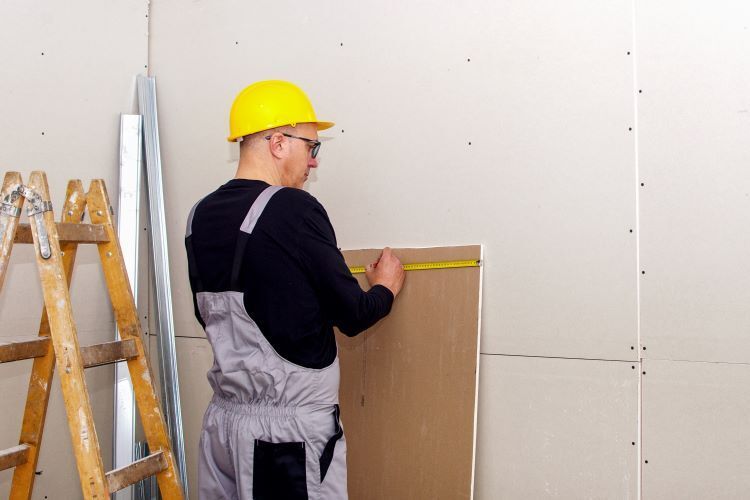The Purpose of Mudding Drywall

Drywall installation is a critical step in creating smooth and durable walls, but it's only half the battle. Once the drywall sheets are up, the next crucial process is applying the joint compound, commonly known as "mudding." For homeowners and builders alike, understanding the purpose of mudding drywall can clarify why it’s an essential part of any construction or renovation project. At Saskatoon Drywallers, we specialize in achieving seamless finishes through expert mudding techniques. Here’s why mudding drywall is so important.
1. Seamless Surface Creation
One of the primary purposes of mudding drywall is to create a seamless surface. When drywall sheets are installed, they are fastened together at the seams. Without mudding, these seams would remain visible, giving the wall an unfinished look. Mudding involves applying a joint compound to these seams, covering the joints, screws, and any imperfections. This creates a continuous, smooth surface that’s ready for priming and painting.
a. Hiding Seams and Joints
Mudding drywall helps hide the seams between drywall sheets. Without this step, the lines where the sheets meet would be clearly visible, detracting from the aesthetic appeal of the wall. Mudding fills in these gaps, ensuring that the wall appears as one solid, unbroken surface.
b. Covering Screws and Fasteners
In addition to covering seams, mudding also conceals the screws or nails used to attach the drywall sheets to the framing. The joint compound is applied over each screw or nail head, and then sanded smooth, making them invisible under paint or wallpaper.
2. Strengthening the Wall Structure
Beyond aesthetics, mudding drywall also contributes to the strength and durability of the wall. The joint compound helps to bond the drywall sheets together, creating a stronger overall structure. This added strength is especially important in areas where walls may be subject to impact or movement, as it helps prevent cracks and other damage from developing over time.
a. Reinforcing Seams with Tape
During the mudding process, drywall tape is applied over the seams before the joint compound is added. This tape reinforces the seams, reducing the likelihood of cracks forming in the future. The combination of tape and joint compound provides a strong, flexible barrier that can withstand the natural expansion and contraction of the building materials.
b. Filling Gaps and Imperfections
Even the most carefully installed drywall may have small gaps or imperfections that need to be addressed. Mudding fills in these gaps, ensuring that the wall is not only smooth but also structurally sound. This is particularly important in corners and around windows and doors, where drywall sheets meet at different angles and are more susceptible to stress.
3. Preparing the Surface for Finishing
Mudding drywall is a necessary step in preparing the surface for finishing touches like painting, texturing, or wallpapering. A properly mudded wall will have a smooth, even surface that’s free from blemishes, providing the perfect canvas for the final finish.
a. Achieving a Flawless Paint Finish
Paint highlights any imperfections on a wall, which is why smooth mudding is so crucial. Properly mudded drywall ensures that paint goes on evenly, without any visible seams or bumps. This results in a professional-looking finish that enhances the overall appearance of the space.
b. Ensuring Wallpaper Adheres Smoothly
If you plan to apply wallpaper, a smooth surface is essential for proper adhesion. Any imperfections left on the drywall can cause the wallpaper to bubble or peel. Mudding ensures that the wall is flat and smooth, allowing the wallpaper to adhere properly and last longer.
4. Enhancing Moisture Resistance
In areas of the home where moisture is a concern, such as bathrooms and kitchens, using moisture-resistant drywall is important, but so is the mudding process. Proper mudding can help prevent moisture from seeping into the seams and causing damage.
a. Sealing Joints Against Moisture
When mudding drywall in moisture-prone areas, special care is taken to ensure that the joints are well-sealed. This prevents water from penetrating the seams and potentially leading to mold growth or structural damage.
b. Using Mold-Resistant Joint Compound
In addition to standard joint compounds, mold-resistant options are available for areas where moisture is a concern. These compounds offer additional protection against the growth of mold and mildew, contributing to a healthier indoor environment.
Conclusion
Mudding drywall is a vital step in any drywall installation project, providing both aesthetic and structural benefits. It creates a seamless, smooth surface that’s ready for finishing, strengthens the wall against damage, and enhances moisture resistance in critical areas. At Saskatoon Drywallers, we take pride in our expert mudding techniques, ensuring that every wall we finish is both beautiful and durable.
Whether you’re building a new home, renovating an existing space, or simply repairing damaged walls, professional mudding is essential for achieving the best results. Contact Saskatoon Drywallers today to learn more about our drywall services and how we can help you achieve flawless, long-lasting walls in your home or business.
You might also like


